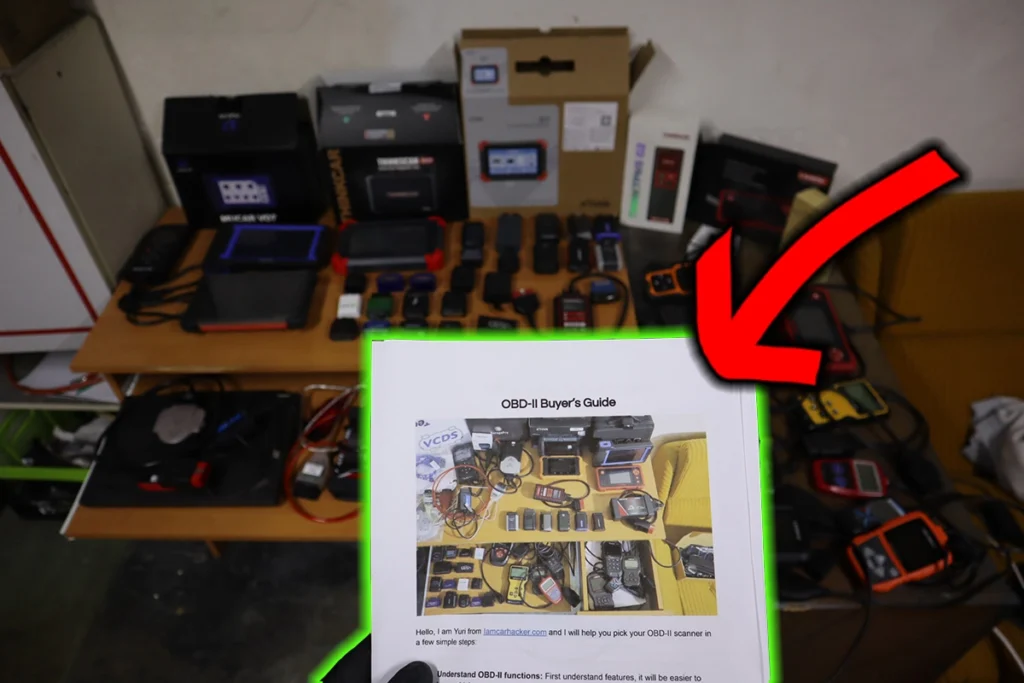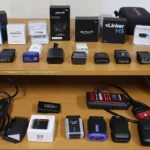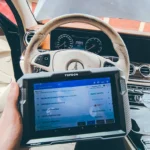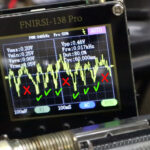The P2786: Gear Shift Actuator Temperature Too High code indicates that the temperature of the gear shift actuator has exceeded its allowable range. This could be caused by a faulty temperature sensor, insufficient cooling or lubrication, or an overworked actuator. The gear shift actuator plays a critical role in the automated shifting of gears, and overheating can result in serious transmission damage if not addressed.
P2786 – Quick Overview
| Code | Information |
|---|---|
| Meaning | P2786: Gear Shift Actuator Temperature Too High |
| Is it serious? | Yes, overheating of the gear shift actuator can cause improper gear changes, delayed shifting, and may lead to transmission failure if not corrected. |
| Possible causes | – Overheating of gear shift actuator – Faulty temperature sensor – Cooling or lubrication issues |
| How to diagnose? | – Check gear shift actuator temperature – Inspect cooling and lubrication systems – Verify temperature sensor operation – Replace faulty sensors or components as needed |
P2786 Meaning
The P2786: Gear Shift Actuator Temperature Too High code indicates that the temperature of the gear shift actuator is beyond the manufacturer’s specified safe operating range. The gear shift actuator is responsible for engaging and disengaging gears based on the driver’s input or the transmission control module’s commands. If it overheats, it can lead to improper gear shifts, transmission malfunctions, or complete failure. Potential causes include cooling system inefficiencies, faulty sensors, or actuator malfunction.
Step-by-step diagnostic guide
| Action | Description | Tools Needed |
|---|---|---|
| Check for Other Codes | Use an OBD-II scanner to identify if there are any other related codes, especially those linked to cooling or actuator performance. Related codes might provide insight into additional issues that contribute to overheating. | OBD-II Scanner |
| Check Gear Shift Actuator Temperature | Use a diagnostic tool to monitor the temperature of the gear shift actuator. Compare these readings to the manufacturer’s specifications to confirm if the actuator is overheating or if the temperature sensor might be giving incorrect readings. | Diagnostic Tool, Manufacturer Specifications |
| Inspect Cooling System Components | Inspect the cooling system components associated with the gear shift actuator, including coolant lines, radiators, or coolers. Look for clogs, low fluid levels, or broken components that could prevent proper cooling. Cooling system failure is a common cause of actuator overheating. | Flashlight, Safety Gloves |
| Check Lubrication System | Inspect the lubrication system to ensure that the gear shift actuator is receiving sufficient lubrication. Low lubrication levels can cause excessive friction and overheating. Check for fluid leaks, degraded fluid quality, and ensure that the correct type of fluid is being used. | Transmission Fluid Dipstick, Flashlight, Safety Gloves |
| Inspect for Fluid Leaks | Check for any visible leaks around the gear shift actuator. Leaks can lead to reduced fluid levels, which are critical for both cooling and lubrication. If leaks are found, identify the source and repair it to maintain proper fluid levels. | Flashlight, Leak Detection Dye (optional) |
| Verify Temperature Sensor Operation | Test the temperature sensor responsible for monitoring the gear shift actuator. Use a multimeter to measure its resistance and voltage output, and compare the results to manufacturer specifications. A faulty sensor could give false high-temperature readings. | Multimeter, Manufacturer Specifications |
| Inspect Wiring and Connectors | Perform a visual inspection of the wiring and connectors for the gear shift actuator and temperature sensor. Look for damaged wiring, loose connections, or corrosion that could be causing incorrect readings or failure in actuator operation. Repair or replace any faulty components. | Multimeter, Flashlight |
| Test the Cooling Fan and Pump | If applicable, test the electric fan or pump that assists in cooling the actuator. Malfunctioning fans or pumps can cause inadequate cooling, resulting in overheating. Ensure all components are functioning correctly, and replace any faulty parts. | Diagnostic Tool, Multimeter |
| Replace Faulty Sensors or Components as Needed | Replace any components found to be faulty, including temperature sensors, cooling system components, or lubrication-related parts. Ensure that all replacement parts are in accordance with the manufacturer’s specifications for optimal performance. | Replacement Sensor, Cooling System Components |
| Clear the Code and Test Drive | After completing the repairs, use an OBD-II scanner to clear the P2786 code. Conduct a test drive and monitor the gear shift actuator temperature, ensuring it stays within the recommended range and that shifting is smooth and timely. | OBD-II Scanner |
| Recheck for Codes | Perform a final scan after the test drive to verify that the P2786 code has not returned. If the code persists, further diagnostics will be needed to determine the root cause of the ongoing overheating. | OBD-II Scanner |
Free PDF: How to choose OBD2 scanner

I’ve made you a free PDF to choose the OBD2 scanner in 5 minutes.
✅ Which OBD2 scanner is best?
✅ Which type should you get (DIY, Pro, Hobby)
✅ What is the best scanner for the exact brand/feature (e.g best for BMW)
✅ How to get a Bi-Directional tool for as cheap as $40
✅ Discount coupons for scanners
PDF is 100% free and it is designed to help you pick a scanner in less than a few minutes! Not a boring 50-page guide.
Just tell me where to send it.









